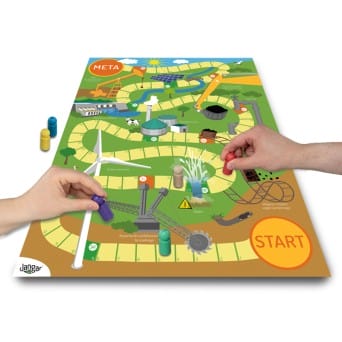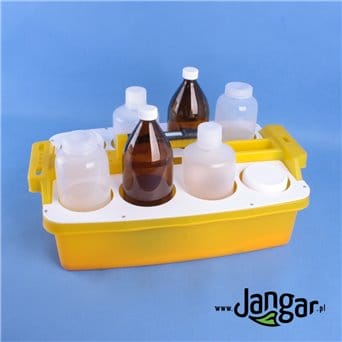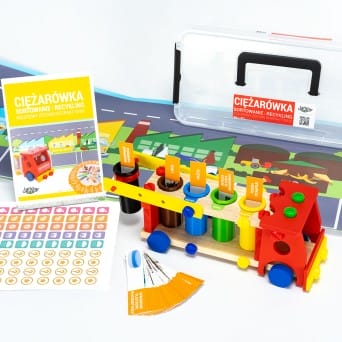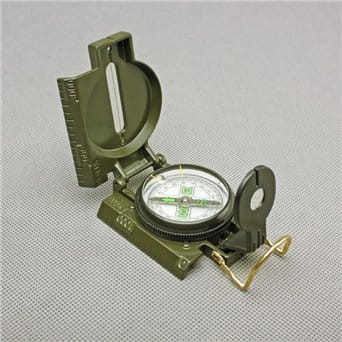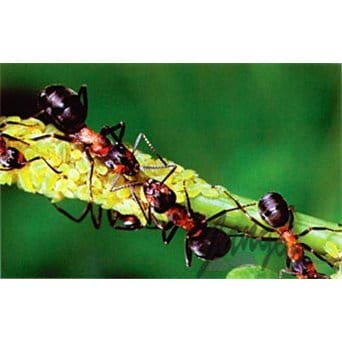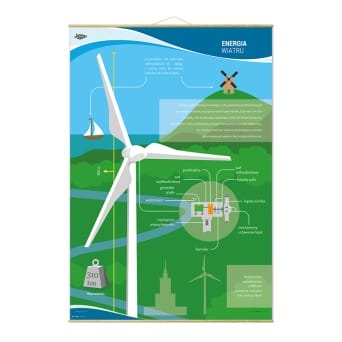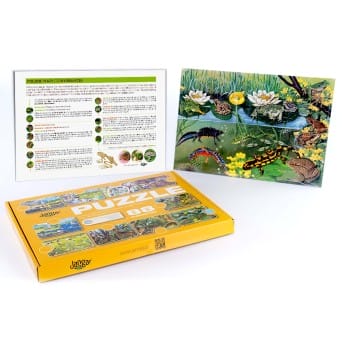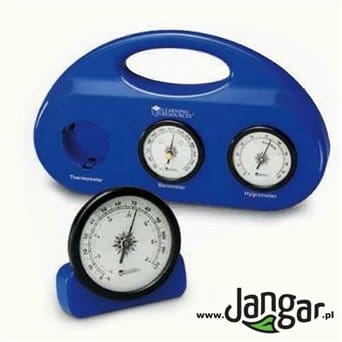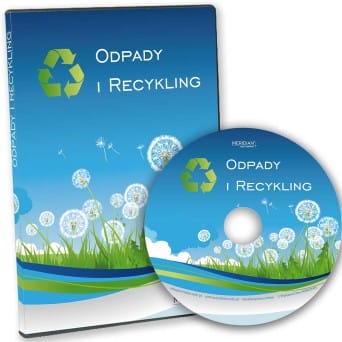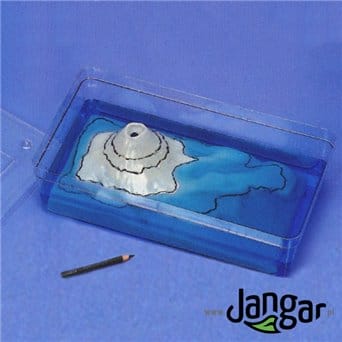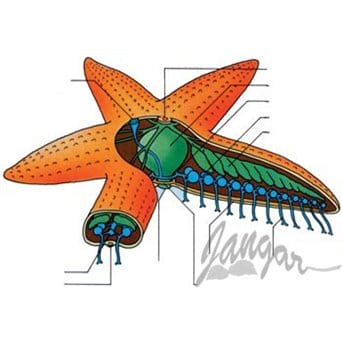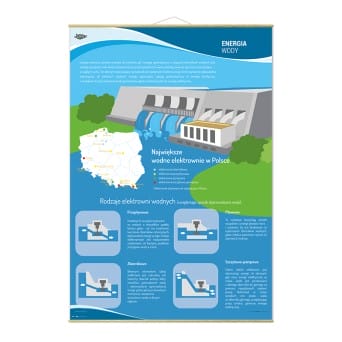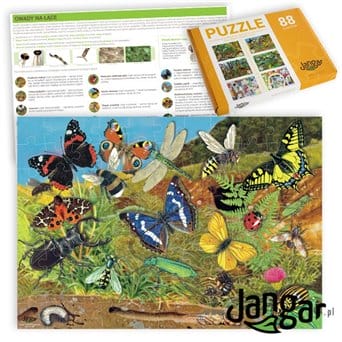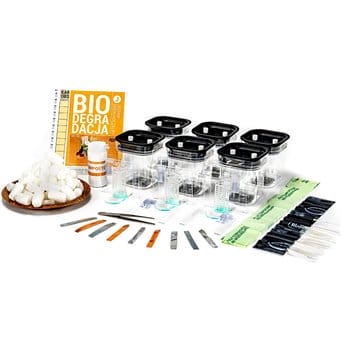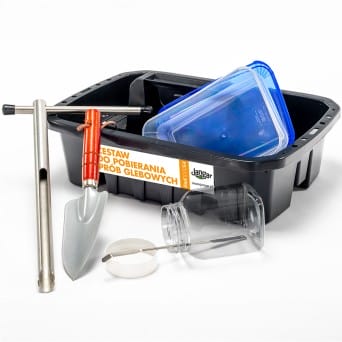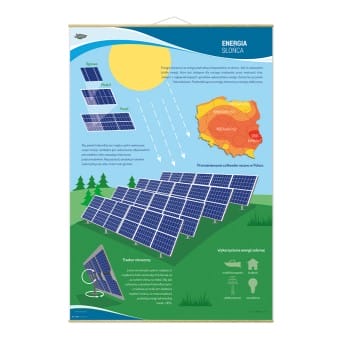
An environmental laboratory in school should be equipped with the necessary resources to enable learners to understand and appreciate the importance of preserving the environment. Below are some of the commonly used teaching aids and laboratory equipment used in an environmental laboratory:
-
Microscopes - for the observation and study of microorganisms, plant and animal cells, and other samples.
- Prepared microscope slides for studying parts of fauna and flora, microorganisms, and others.
-
Glassware - includes beakers, flasks, graduated cylinders, and test tubes, which are used to hold and measure liquids.
-
Digital scales - for weighing samples and measuring the mass of different materials.
-
pH meters - for measuring the acidity or alkalinity of a substance, such as water or soil.
-
Soil testing equipment - such as soil augers, pH meters, and moisture meters, for testing the physical and chemical properties of soil.
-
Water quality testing kits - for analyzing the quality of water, including its pH, temperature, and levels of dissolved oxygen.
-
Environmental sensor kits - for measuring air quality, temperature, humidity, and other environmental parameters.
-
Models and charts - to visually explain different concepts of the environment and ecosystems.
-
Educational posters - featuring different environmental issues, solutions and awareness messages.
-
Teaching resources - such as videos, books, and interactive software, which can be used to supplement classroom instruction.
-
Recycling bins and composting kits - for waste segregation and disposal, while promoting environmentally friendly practices.
-
Live specimens - for the study of biodiversity and ecosystems, such as plants, animals, and microorganisms.
-
Greenery and hydroponic set-ups - for creating mini ecosystems within the lab environment and showing the benefits of sustainable agriculture.
-
Energy-efficient lighting and other energy-saving devices - to promote the principles of energy conservation and sustainability.
- Models and simulators demonstrating environmental phenomena and their effercts for the Earth.
The above mentioned are just some examples of equipment and materials that could be useful in a school's environmental education laboratory. Ultimately, the choice of equipment will depend on the objectives of the laboratory and the specific topics to be covered.
Environmental education at school, equipment for field classes. Our offer includes weather stations, measuring instruments, photovoltaic models and experimental kits, which are essential equipment for every natural and ecological laboratory.
Environmental Education in Schools: Promoting Sustainability and Hands-On Learning
Introduction: Environmental education plays a vital role in shaping students' understanding of the environment, sustainability, and their role in creating a better future. By incorporating engaging and interactive methods into the curriculum, schools can foster a deep appreciation for nature and inspire students to become environmentally conscious citizens. An essential aspect of environmental education is the utilization of appropriate equipment and teaching aids that range from games for the youngest learners to more sophisticated models, instruments, and experimental kits for older students. This article will explore the importance of environmental education in schools and highlight various equipment and resources that can enhance these lessons.
Games and Interactive Tools for Young Learners: For the youngest learners, incorporating games and interactive tools is crucial for introducing environmental concepts in an engaging and age-appropriate manner. Some examples include:
- Board Games: Games like "Eco-Opoly" or "Earthopoly" introduce young children to sustainable practices, recycling, and protecting the environment.
- Interactive Apps: Educational apps like "Recycle Hero" or "Junkyard Games" educate children about waste management, conservation, and endangered species through fun challenges and quizzes.
- Nature Exploration Kits: Simple kits containing magnifying glasses, butterfly nets, or nature observation journals encourage young students to explore and appreciate the natural world.
Models and Visual Aids for Conceptual Understanding: Visual aids and models help students grasp complex environmental concepts and systems. Some recommended equipment includes:
- 3D Models of Ecosystems: Models representing ecosystems like rainforests, coral reefs, or deserts provide a tangible representation of the intricate relationships between plants, animals, and their habitats.
- Weather Stations: Weather stations equipped with instruments such as thermometers, barometers, and rain gauges enable students to observe and record weather patterns, fostering an understanding of meteorology and climate change.
- Watershed Models: These models demonstrate how water flows through a watershed, teaching students about water pollution, conservation, and the importance of protecting freshwater sources.
Laboratory Equipment and Experiment Kits for In-depth Study: For older students, providing laboratory equipment and experiment kits allows them to engage in hands-on investigations and scientific inquiry. Some suggested equipment includes:
- Environmental Monitoring Tools: Instruments like pH meters, turbidity meters, and dissolved oxygen meters enable students to assess water quality in local bodies of water, fostering an understanding of environmental impacts and conservation efforts.
- Renewable Energy Experiment Kits: Experiment kits focusing on solar panels, wind turbines, or hydropower systems allow students to explore renewable energy concepts, design experiments, and analyze energy production.
- Soil Testing Kits: Kits that analyze soil properties, nutrient levels, and pH help students understand soil health, land management practices, and sustainable agriculture techniques.
Conclusion: Environmental education in schools is instrumental in shaping students' attitudes, behaviors, and knowledge about the environment. By incorporating a range of equipment and teaching aids, schools can create engaging and meaningful learning experiences. From games and interactive tools for young learners to models, instruments, and experiment kits for older students, providing the necessary equipment helps foster a deeper understanding of environmental concepts, sustainability practices, and the importance of protecting our planet. By investing in these resources, schools empower students to become environmentally conscious citizens and catalysts for positive change.
SCHOOL ECO-LABS
It is common nowadays to create at schools Eco-Labs with models, tools, instruments, teaching aids, and experiment kits. Here are some recommendations:
-
Renewable Energy Experiment Kits: Invest in experiment kits that demonstrate renewable energy technologies such as solar power, wind energy, or hydropower. These kits allow students to explore and understand sustainable energy sources through hands-on experiments.
-
Environmental Science Kits: Purchase comprehensive environmental science kits that cover topics like pollution, ecosystems, climate change, and biodiversity. These kits often include materials, specimens, and instructions for conducting experiments and investigations.
-
Weather Stations: Install weather stations that include instruments like thermometers, barometers, anemometers, and rain gauges. These tools enable students to collect and analyze weather data, fostering an understanding of climate patterns and local weather conditions.
-
Models of Ecosystems: Acquire models or dioramas that represent different ecosystems, such as forests, coral reefs, or wetlands. These visual aids help students grasp the complexity and interconnectedness of various environments and the importance of biodiversity.
-
Microscopes and Slides: Provide microscopes and prepared slides for studying microscopic organisms and ecological processes. Students can examine specimens like plant cells, microorganisms, or soil samples, enhancing their understanding of ecological interactions.
-
Water Quality Testing Kits: Equip the Eco-Lab with water quality testing kits that measure parameters such as pH, dissolved oxygen, turbidity, and nutrient levels. These kits allow students to assess water quality in local bodies of water, promoting awareness of environmental issues and conservation.
-
Energy Efficiency Monitoring Tools: Install energy monitors or watt meters that help students understand energy consumption patterns and identify areas for energy efficiency improvements. These tools promote hands-on learning about energy conservation.
-
3D Models of Renewable Energy Systems: Use 3D models or interactive software to visualize and explain renewable energy systems like solar panels, wind turbines, or geothermal energy. These aids facilitate better comprehension of how these systems function and their impact on sustainability.
-
Recycling and Waste Management Demonstrations: Set up models or demonstrations showcasing recycling processes, waste management systems, or composting techniques. These visual aids help students understand the importance of waste reduction and resource conservation.
-
Interactive Whiteboards or Smart Boards: Install interactive whiteboards or smart boards that allow teachers to display multimedia content, conduct virtual experiments, and engage students in interactive learning activities related to ecology, sustainability, and environmental science.
Remember to select equipment that aligns with the curriculum objectives and the age level of the students. Additionally, provide proper training and guidance to teachers on utilizing these resources effectively in the Eco-Lab.
















































































































































































































































































































































